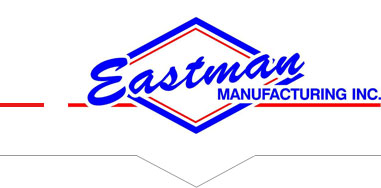Tel: 1-877-860-9294
Blog
Factors That Influence The Working Capacity of Hoist Lines
January 29, 2020
Being able to effectively handle materials and convey them between locations is the ebb and flow to the operational capacity within the construction industry. Mining, as an example, can only be as efficient as how the transportation – through hoist lines - of ore, machinery, and labourers are handled.
Engineered design, from the winders to the electric motors, of the aforementioned hoist lines are one thing, but design doesn’t account for much if external factors aren’t taken into consideration by riggers.
The working capacity of a hoist system upon manufacturing is predicated on ideal conditions, as it should be. While ideal is always a goal to strive for, riggers and other professionals only seek to use these conditions as guidelines as such conditions scarcely occur, even in highly controlled environments.
What Influences Working Load Limits on Hoisting Systems?
1) Equipment Quality
Forgive us if we take this opportunity to promote our own practice, but we wouldn’t do so if it weren’t based off facts. Hoist lines and their rated capacity are only to be taken as gospel when the equipment has not undergone excessive wear and tear.
Systems that have naturally accrued damage over the course of their service should undergo professional maintenance or be replaced. Eastman Manufacturing is highly-respected among clients in this regard, we continually place emphasis on manufacturing hoist systems that are customised to a tee, much like the 5 hoist system we developed for a client.
The rated working load limits apply only to equipment and hardware in good working order. Any equipment damaged in service should be taken out of service and repaired or destroyed. Our manufactured equipment helps put these worries on the backburner as they are upheld with precision, accuracy, and quality in mind.
2) Motion/Swing
Loads under suspension, on top of the mass of the load, generate other variable forces upon the hoist. The variable nature of such forces can be troublesome to take into account; however, should caution not be practiced as best as possible, it could lead to failure of the hoisting system and catastrophic safety hazards.
Excessive swinging is prone to cause loading that is thrown off equilibrium from the hoist line – making the equipment susceptible to unaccounted side-loading, as opposed to below the boom point where loading should ideally occur. Expert riggers practice the act of slow movements to have tighter rein on controlling load swinging.






